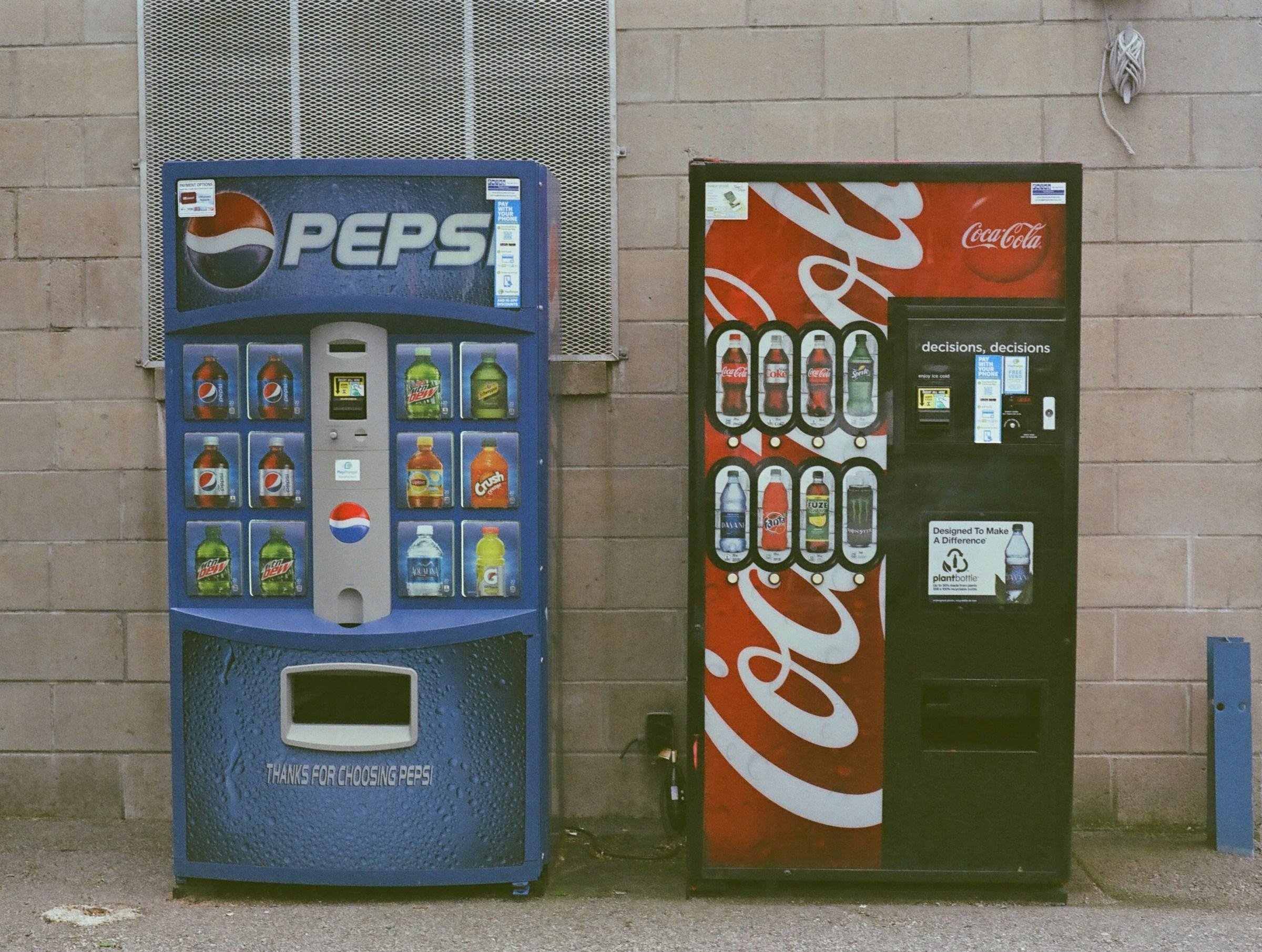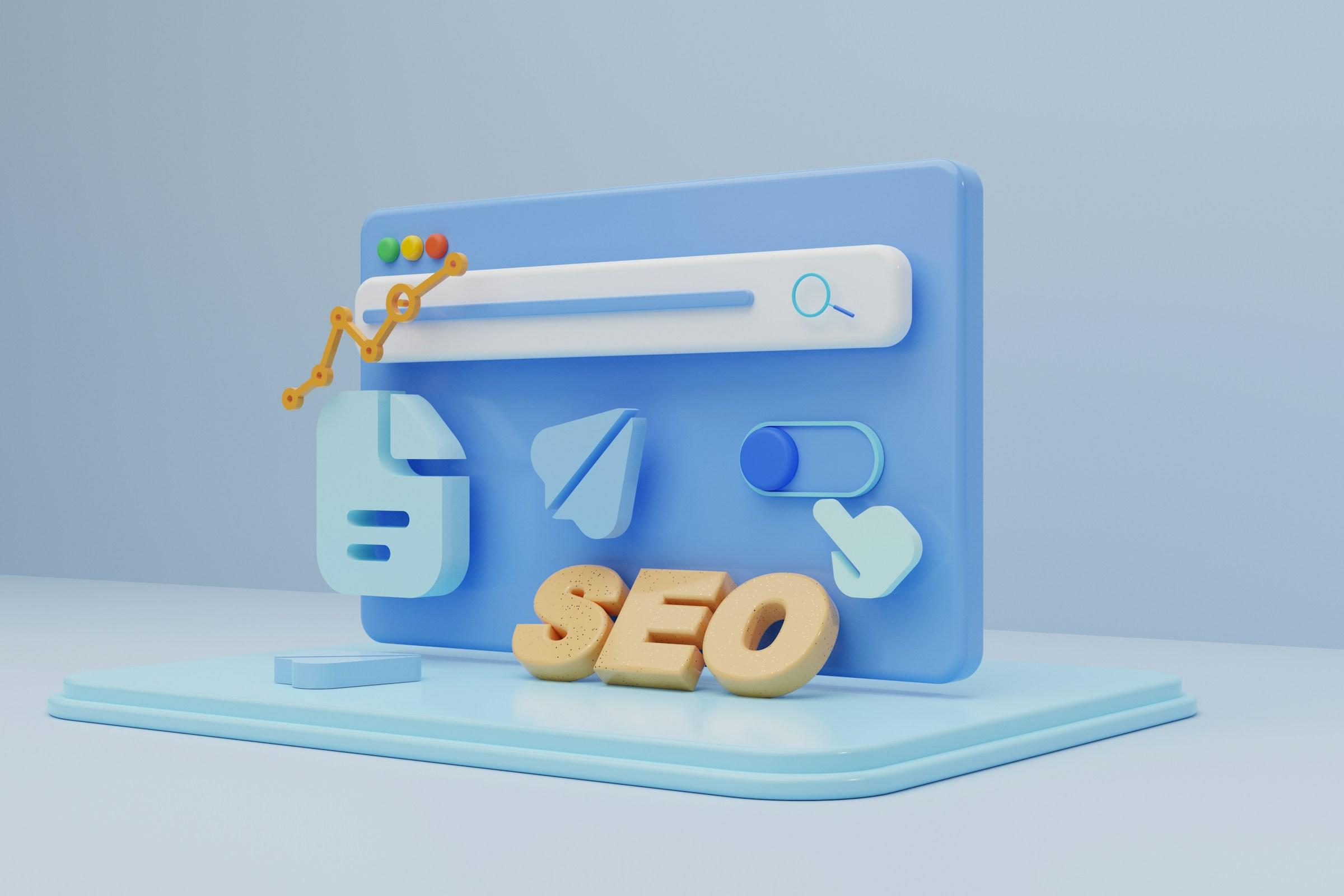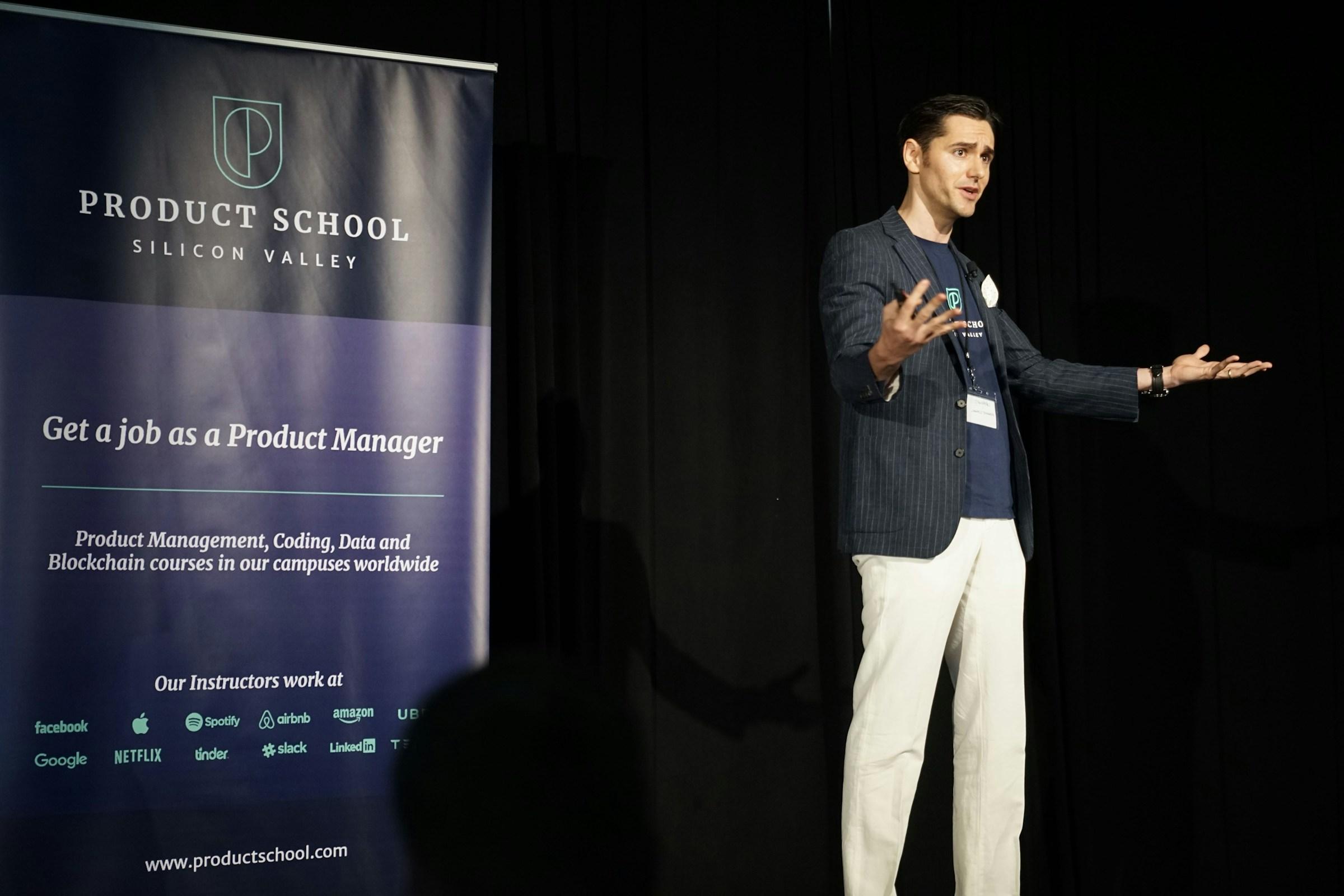Persuasive writing is often treated as surface decoration in a brand, the final polish that makes a tagline sing or a landing page feel tidy. That view shrinks its real value. Persuasive writing works like an operating system for go to market work. It clarifies who you want to reach, why your offer matters at this moment, and what the reader can do next with minimal effort. When teams approach language as a system rather than as sporadic wordsmithing, they see a chain of practical gains. Conversion improves because the reader understands the promise. Internal friction falls because every function refers to the same phrasing. The loop between idea and result gets shorter because messages can be tested and refined in days instead of months.
The strongest first benefit is clarity that can be executed. Much of modern marketing still relies on abstractions. Teams describe themselves as innovative or customer centric, yet those words do not help a buyer decide. Persuasive writing pushes a simple sequence. Start with the reader’s present situation, describe the cost of maintaining it, present a better outcome, then make the next step feel small. When you capture that sequence in plain language, it becomes a shared blueprint. Product managers understand which use case deserves priority. Sales knows which line will open a call and which proof will close it. Customer success knows what expectation was set and can deliver to it. The message stops drifting because it is no longer a vibe. It is a compact set of sentences that everyone can quote.
A second benefit is measurable positioning. Teams often treat positioning as a slide that lives in a strategy deck. Persuasive writing turns that slide into testable language. If a one sentence promise cannot be repeated by a real customer without losing meaning, the positioning is not ready. Once it is written clearly, you unlock faster experiments. Ads earn stronger relevance scores. Search campaigns improve click through without bribing the algorithm with larger bids. Top of funnel leads arrive with a more accurate picture of what you do, which means less wastage in the middle of the funnel. The company spends less to amplify vague claims and more to validate specific ones.
A third benefit is trust built through the right kind of proof. Buyers read with a silent risk ledger. They do not only want charm. They want evidence that matters to their role. A CFO reads for total cost of ownership, cash impact, or downside protection. A hands on user reads for time saved, steps removed, or errors prevented. Persuasive writing treats proof as part of design. You select it by role and by moment. Early in the journey, a recognizable customer or a crisp outcome number can earn a click. During evaluation, quantified results and before after snapshots do more work than brand names. Near the decision, a clear comparison that maps switching effort to expected payoff helps a committee move together. When proof is placed with intention, the risk score in the reader’s mind falls in stages, which is exactly what shortens sales cycles.
A fourth benefit is alignment across the journey. Most organizations produce words in fragments. The ad speaks in one voice, the landing page uses another, the email series introduces new promises, and the sales deck tries to stitch the story in real time. That patchwork creates doubt. Persuasive writing introduces a throughline. The promise that appears in the ad is proved on the page, demonstrated in the product, reinforced in the follow up, and honored in the contract. A buyer feels the coherence. Doubt goes down. The conversation focuses on fit rather than on deciphering mixed signals. Discount pressure falls because the buyer is not paying a confusion tax.
A fifth benefit is teachable delegation. Many founders can persuade in a room, yet their teams struggle to replicate that effect. The solution is not more meetings. It is to capture the founder’s logic in writing that others can carry. When persuasive language is documented, new hires onboard faster, agencies hit the tone sooner, and freelancers stop sending drafts that miss the mark. The founder can be present where the company truly needs a decision maker, not where a better sentence would have sufficed.
If you want a practical way to install these benefits, think in five parts that fit a small team. Begin with an Audience Map, then shape a Message Ladder, assemble a Proof Stack, design a Channel to Action flow, and close with a feedback and measurement loop. None of this requires a rebrand. All of it requires honesty and attention to the reader.
The Audience Map avoids persona wallpaper. Write a short paragraph for each role in the buying group that you actually encounter. State the outcome that person owns, the fear they carry if nothing changes, and the signal that tells them it is safe to say yes. Keep the language human. If a paragraph could apply to any tool in your category, it is not specific enough to guide copy. The goal is not poetry. The goal is a set of sentences that a sales rep could read before a call and immediately understand which angle will respect the other person’s reality.
The Message Ladder turns that map into three rungs that can live on a page or in an email. The Core Promise sits on the first rung. One sentence, concrete, verifiable within a time or effort frame. The Outcome Proof sits on the second rung. Two or three tight lines that show a result in numbers or in a simple before after sequence. The Action Cue sits on the third rung. One next step that feels close for a busy person. Book a 15 minute audit. Try the template on a real task. Generate a report using your actual data. This ladder holds because it was built around a real reader, not around internal preferences.
The Proof Stack is where restraint matters. Too much proof becomes static. Too little proof creates doubt. Choose proof by role and by stage. First touch can lean on social proof to earn attention. Mid journey needs quantified outcomes that relate to cost, speed, or risk. Late stage often needs a clear comparison, an implementation timeline, and a simple way to estimate payoff. Place each piece so the buyer’s risk drops in steps rather than in one dramatic reveal that rarely arrives.
The Channel to Action flow translates language into the path a buyer travels. Identify every surface where your words appear. Ads, organic posts, search listings, landing pages, demos, follow ups, and legal documents do not live separately. Keep vocabulary stable across them and set a rhythm of exposure that reinforces one promise. If the ad claims time savings, the landing page should show the exact steps that disappear. If the email invites a trial, the first screen inside the product should deliver a quick win that proves the promise within minutes. Leaks appear when promises change midstream. Good writing plugs those leaks because it refuses to shift the target in the reader’s hands.
Measurement turns persuasive writing into an operational practice. Track clarity as well as clicks. If prospects keep asking the same basic question on demos, your message is unclear. If qualified pipeline rises while close rate falls, the promise is strong but the proof is weak. If open rates improve while reply rates stay flat, subject lines are working but the call to action demands too much effort. Treat each pattern as guidance for a language update rather than as a creative crisis. The asset is the system, not a single headline.
There are softer gains that matter over time. Clear messages reduce the urge to debate taste in every meeting. Designers receive a hierarchy they can apply across formats. Sales enters conversations with language that anticipates objections. Product sees which parts of the value story confuse users and can simplify flows that block outcomes. Teams begin to share one mental model of the customer, which cuts meeting time and speeds delivery.
Persuasive writing is also an ethical strength when practiced well. It does not try to trick anyone. It reduces cognitive load by presenting the problem, the alternative, and the next step without games. In Southeast Asian markets where relationship selling and referrals carry real weight, plain and specific language invites partners to attach their names to your offer with confidence. Over time, the brand needs fewer dramatic promotions to move revenue because trust has compounded.
Some leaders fear that this approach will make their brand sound like every other brand. The risk runs in the opposite direction. Vague language creates sameness. Specific language reveals the true shape of your product and the exact customer you can serve best. That specificity is persuasive and differentiating at once. It invites the right buyer in and lets the wrong one opt out early without friction. The result is a cleaner pipeline and a calmer team.
If you lead a small group, do not wait for a grand rollout. Write one Audience Map and one Message Ladder for a single segment. Ship one landing page that holds the Core Promise and the Outcome Proof. Run one channel cleanly for two weeks. Study the questions that prospects ask and strengthen the Proof Stack. When you see a rise in quality conversations, copy the pattern to a second segment only if your capacity can maintain message integrity. Scale clarity, not noise.
Two questions help keep the work grounded. Who owns the message end to end and who only believes they own it. Where is the first leak in your chain from ad to contract and what single line would close it. These questions expose the structure underneath poor performance. Often the fix is not a new tactic. It is a return to language that respects the reader and holds together across the journey.
Persuasive writing is not a rare talent that only one copywriter brings to the table. It is a discipline any team can run once they accept that words are part of the system. The discipline forces respect for the reader’s reality, the selection of proof that matches risk, and the design of a path to action that feels near. Run this work consistently and the gains show up in conversion, in onboarding speed for hires and vendors, and in the steadiness of campaign results. Most of all, they show up in the quiet relief of a team that finally shares one message that holds under pressure. Clarity is not a luxury. It is kindness to your customer and a gift to your future self.














